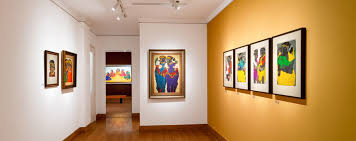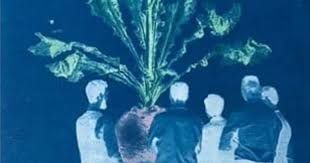
Menu

India’s young painters are redefining the visual landscape with bold themes and experimental styles. Moving beyond the conventional forms of landscape or portrait art, this new generation is tackling subjects like gender identity, mental health, climate change, and urban chaos with raw honesty.
These artists aren’t afraid to challenge norms. Many work with unconventional materials—scraps, recycled plastics, found objects—layering them onto canvas. Others embrace abstraction, surrealism, or expressionism to communicate inner struggles or political commentary. What sets them apart is their willingness to question everything, including the art world itself.
Their influences are just as diverse. They draw from Indian mythology, global pop culture, street art, tribal designs, and digital aesthetics. Instagram has become both a gallery and a medium, allowing them to reach audiences beyond borders without needing traditional validation from curators or critics.
Art schools across India—Baroda, Santiniketan, and Delhi—are producing graduates who are not just technically skilled but conceptually sharp. Many young painters are self-taught too, blending graffiti techniques, anime aesthetics, and classical oil painting in their work. Their canvases become mirrors of a fast-changing India: conflicted, hopeful, chaotic, and expressive.
This movement isn’t just about style—it’s about voice. These painters are speaking loudly, confidently, and often politically. Their works appear in underground shows, pop-up galleries, and online exhibitions. Whether painting giant murals in cities or intimate portraits in studios, they’re pushing Indian contemporary art forward with courage and creativity.

@THE INDIAN ART COTTAGE
© The Indian Art Cottage | All Rights Reserved | 2025